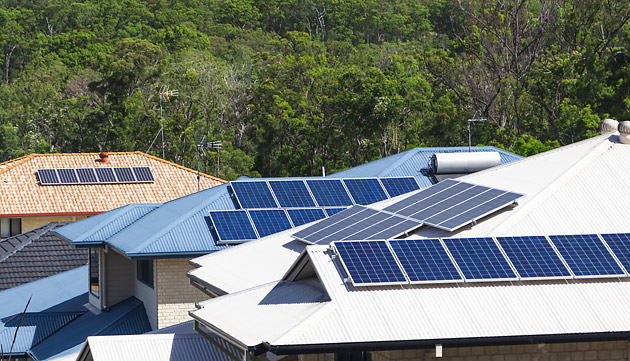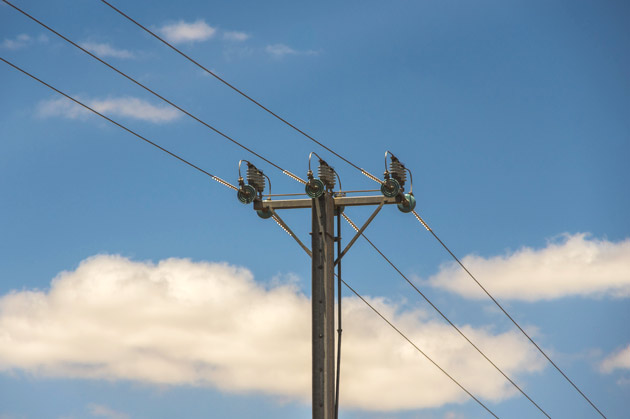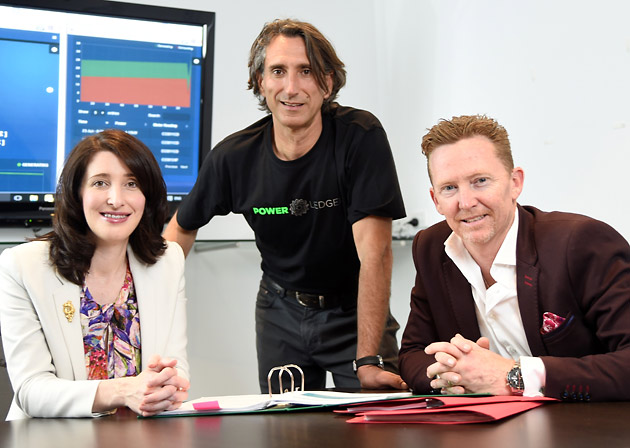18 April, 2017 By: Anthony Fensom
Making more than enough energy from your solar panels? Soon you could be selling the excess to your neighbours thanks to WA’s Power Ledger and their new peer-to-peer energy trading system.
Many of us create our own energy through solar panels, but we don’t always use what we generate. Now a Perth company has devised a way that you can trade your excess solar direct to the house or business down the street – and get paid for it.
Welcome to the solar marketplace
Being able to trade that excess energy generated by homes – turning each home into a power supplier as well as a user – has long been the aim of the renewables industry.

Western Australians are already active energy ‘creators’, with around 15 per cent of homes making good use of WA’s bountiful sunshine on their roofs every day. However given we often spend our days at work – when solar power is generated, some of that energy goes unused.
"Someone living on the fourth floor of a 25-storey apartment building could access rooftop solar from someone down the street."
What Perth company Power Ledger has developed is a system that essentially allows anyone to sell any of their surplus renewable energy direct to anyone in the area who needs it at that time.
“Someone living on the fourth floor of a 25-storey apartment building could access rooftop solar from someone down the street,” says Power Ledger’s co-founder and managing director, David Martin.“Alternatively, a company with a large warehouse with lots of roof space might invest in rooftop solar and sell the energy to local apartment dwellers.
Enjoying this article?
Sign up to our monthly enews
The system is called a peer-to-peer trading system, with the ‘peer’ referring to both the individual seller and buyer. It’s based on blockchain technology, which acts likes a digital ledger and keeps a record of transactions between those in the system.
Confused? Think of it like this: any solar power you generate but don’t use can go into the local electricity network. When the power goes in, it gets distributed to the closest place that is currently demanding power – maybe a busy office block with the air conditioning running. The system helps you agree a purchase price with local users and direct your unused energy to them.
So you sell your power to other consumers, rather than the power suppliers.
Disruption without destruction
Although the idea of ‘living off grid’ is highly appealing, Martin says most of us could not generate enough electricity to go completely solo.
Which means we all need to tap into the network of power lines, even if we are not using it much.
Peer-to-peer trading could help keep the costs of maintaining the grid stable, says Martin.

However you could then get money back by selling energy through the Power Ledger system.
“Our mantra is to cause disruption without destruction,” says Martin. “We’re saying to consumers that instead of installing a battery, stay connected to the network and then help recoup your costs from it by monetising your investment in rooftop solar.”
Take the power back
This friend-to-neighbour energy trading world is now tantalisingly close to being reality after Power Ledger completed an Australian-first with a successful trial in Busselton in January.
Consumers in the trial were theoretically selling their energy for 20 cents per kilowatt hour – more than double the price offered by most retailers in Australia. Of that, the seller received 15 cents with the remainder going to the network operator and a fee to Power Ledger.

and managing director and co-founder, David Martin (photo courtesy of Power Ledger).
With new trials starting in Perth and New Zealand this year, Martin says the next step is getting regulatory changes."Let's say the average system produces about 16 kilowatt hours of energy a day and a consumer sells just over half at 15 cents, they’ll make about $500 dollars a year. Peer-to-peer trading is also likely to incentivise the installation of larger systems so consumers will have more excess and their earnings will be much higher."
“The trials have gone well and we’re getting strong support from the distribution networks.
“Now we need to work through some regulatory issues, but we’re predicting that in as little as 12 months we’ll be opening our power trading service to the broader consumer market.”
